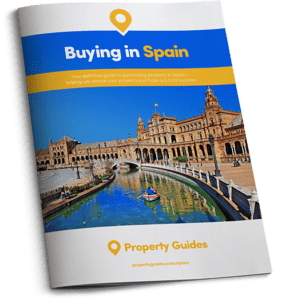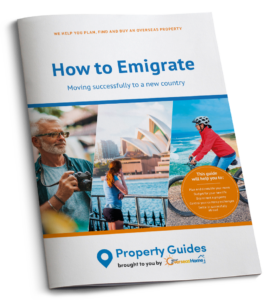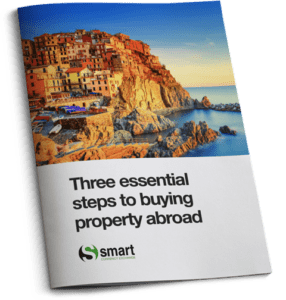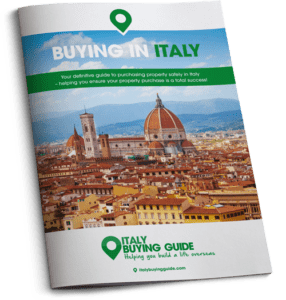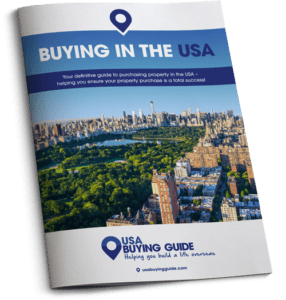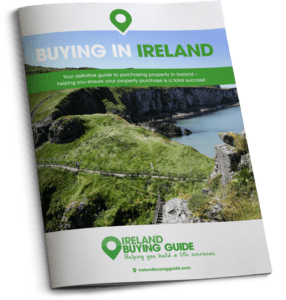The deadline’s getting ever closer on Brexit, but is it really going to mean that time’s up on your dreams of moving overseas? There’s a lot of hype and sensationalism in the media, but the numbers of British buying properties abroad is up in many regions – so what do they know that others don’t? Is it possible to move to Europe after Brexit?
The answer’s simple: they know how to ‘Brexit-proof’ their plans, deal or no deal! Here’s how you can buy that perfect home, whether it’s a villa in the Algarve, a period village home in the Dordogne or a restoration project in Tuscany.
Buying a home in Europe if the Brexit deal goes through
If a Brexit deal does go through, then there’ll be an implementation period until 31 December 2020. Right up until this date, you’ll be able to move exactly as you can now – and, once you’ve moved, you’ll be able to stay for another five years, even after the period ends. Once those five years are up, you’ll be eligible to apply for permanent residency.
Buying a home in Europe if there’s a no-deal Brexit
There’s absolutely no reason to put your plans on hold just because the withdrawal agreement doesn’t go through. Property is not one of the EU’s four freedoms, so you’ll have the right to purchase – as Canadians, Australians and so on do today. As for moving there, you’ll have a number of visa options. It’ll be a little more paperwork, but, with the right lawyer behind you, it’ll be a smooth and painless process. Here’s how:
Property is not one of the EU’s four freedoms, so you’ll have the right to purchase – as Canadians, Australians and so on do today.
If you buy a holiday home
If you buy a holiday home, you can simply apply for a temporary tourist visa whenever you visit. In almost all EU countries, these are valid for three months – plenty of time to lap up the sun!
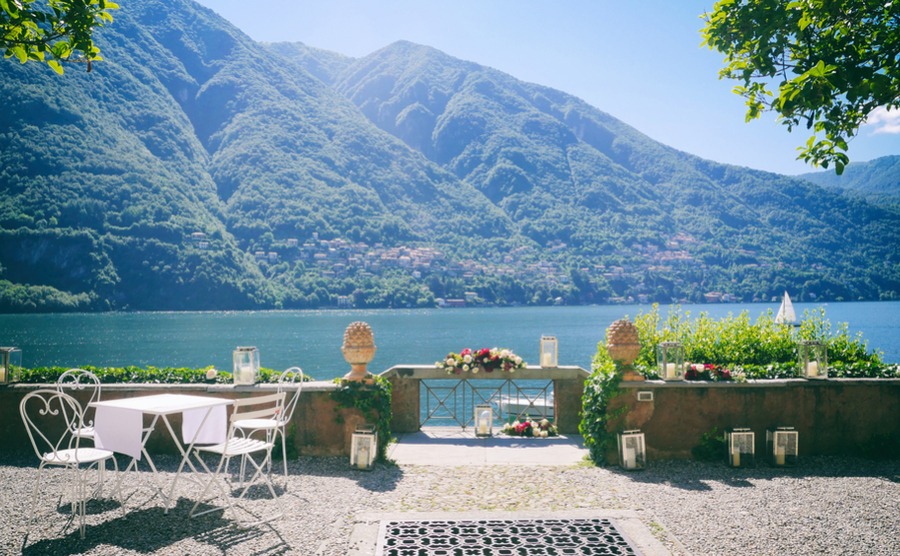
You will still be able to move to Europe after Brexit, no matter what.
If you retire to Europe
Many of the countries popular among British retirees in southern Europe are keen to attract overseas investment, and have made the process of moving very simple. Most have an investor’s or passive income visa, whereby you can move without working by proving you have the financial means to support yourself.
Portugal has probably the lowest barrier to entry, with a the passive income visa allowing you to move with savings of around €580 a month. In Italy, you’ll need around €2,800 a month, and €8,000 in total in Spain.
If you work in Europe
Again, in most cases, countries are keen to attract skilled workers. You’ll normally need a job offer before you apply for a visa to move to Europe after Brexit, but the process is quite fast. In Spain and Portugal, you’ll need a salary of a set minimum. In Italy, the process is a little more complicated because of a quota system – find out more in our dedicated Italian visa article.
There’s also the EU blue card, which allows you to work in an EU country for a specific amount of time, varying by country, providing you meet a set salary threshold.
We’ll be at five Your Overseas Home shows throughout this year, so don’t miss your free tickets while they last. It’s a great chance to connect with lawyers, estate agents, IFAs, currency specialists, removals experts and more.
If you invest in Europe
‘Golden visas’ are extremely popular among overseas investors. These usually guarantee a ‘fast-tracked’ temporary residence that can be converted to permanent residency after five years in return for the purchase of a property. In Portugal, the property only needs to be worth €350,000. Generally, the actual requirement of being in the country is extremely low – as little as seven days a year! This is ideal for anyone looking to make an income from purchasing a property at the same time as gaining residency rights.
For more information, see our country-specific advice for France, Portugal, Italy and Spain.
Your ‘Brexit-proofing’ to-do list:
- Speak with us for introductions to trusted emigration lawyers about the best visa for you and how to apply
- Talk to your currency company how to transfer your money, so you have a set euro budget
- Once you’re in the country, register as a temporary resident



